Learning the expressions and slang used in Mexico opens up a whole new way to connect with people. Mexican Spanish isn’t just regular Spanish with a few different words; it’s full of expressions that show the lively culture, sense of humor, and unique history of the country. If you want to travel to Mexico or understand Mexican friends better, picking up these common phrases will really help you. Not only will you fit in more, but you’ll also avoid misunderstandings and awkward situations. Getting to know this “onda” – the vibe – of how people talk is more than just adding new words to your vocabulary; it’s about really feeling comfortable in casual conversations.
If you’ve ever tried speaking formal Spanish from Spain with Mexicans, you might notice it sounds too stiff or polite. You could also miss jokes or feel left out when people toss slang around. Learning Mexican expressions helps you step beyond classroom Spanish, so you can hang out in markets, chat with locals, or simply order a “chela” (beer) at a bar. It makes a big difference between just knowing a language and actually enjoying it in everyday situations.

What Makes Mexican Spanish Expressions Special?
Mexican Spanish is different from both Spain’s Spanish and other Latin American varieties. The differences come from a mix of old Indigenous languages, Spanish from the colonial era, and the way locals talk today. This blend gives Mexican Spanish its own style.
Mexican vs. Spain (Castilian) Spanish
The biggest differences are in pronunciation and grammar. In Spain, you might notice the “th” sound for ‘z’ and soft ‘c’, but in Mexico, both sound like ‘s’. Mexicans also don’t use the “vosotros” form (you all, informal) and simply use “ustedes” for all groups, which makes learning easier. Plus, because Mexico is right next to the US, you’ll hear many English words mixed in during conversations, which can be helpful if you’re an English speaker.
There are also big vocabulary differences. Words that are fine in Spain might be rude in Mexico and vice versa. For example, “coger” means “to grab” in Spain, but it’s a curse word in Mexico. This is why it’s smart to learn which words are used in which place. Mexican slang is also very creative, often using everyday things in new, funny ways.

How Culture Shapes Language
Mexican Spanish reflects a warm and expressive culture. The language took in words from ancient Native languages like Nahuatl, especially for foods and places. Family closeness, strong friendships, and playful jokes all help create special ways of speaking here.
Mexicans also use endings like “-ito/a” to add emotion or meaning, not just to talk about size. For example, “ahorita” (like “right now” or “soon”) can mean anything from “immediately” to “never,” depending on the situation. These small changes give the language a lot of personality.
When to Use Mexican Slang
You should use slang in casual settings: with friends, at parties, at the market, or social events. It’s not for formal situations like work meetings or speaking with elders and important people. Always copy how native speakers use slang before trying it yourself. Some words like “güey” (“dude”) are used all the time among friends but can be rude in other settings. Words with “madre” (mother) can range from loving to very insulting depending on how they are used. Start with the simple, common phrases and add more as you get used to them.

Popular Everyday Mexican Spanish Expressions
Let’s look at some phrases you’ll hear all the time in Mexico. These help in normal chats, expressing your feelings, or simply fitting in.
Greetings and Goodbyes
- ¡Qué onda? – “What’s up?” Very common and friendly.
- ¿Qué tranza? – Another casual “what’s up?”, mostly among young people.
- ¿Qué pedo? – More vulgar; only with close friends.
- Buena onda – Someone who’s cool or nice.
- Mala onda – The opposite: someone not nice.
- ¡Qué milagro! – “Long time no see!” Used when seeing someone after a while.
- ¿Mande? – A polite way to say “What?” or “Pardon?” and used when you didn’t quite catch something.
Reacting with Surprise or Disbelief
- ¡No manches! – “No way!” or “Come on!” Softer than the ruder version.
- ¿Neta? or ¿A poco? – “Really?” Used when surprised.
- ¡Órale! – Means a lot: “Wow!”, “Let’s go!”, “Right on!”, etc.
Agreeing and Disagreeing
- ¡A huevo! – “Of course!” (But very informal.)
- Sale – “Okay” or “Sure.”
- Simón – Another way to say “Yes.”
- Ni modo – “Oh well.” or “That’s life.”
- No hay bronca – “No problem.” (Gentler alternative to ruder versions.)
Expressions for Daily Situations
- ¡Aguas! – “Careful!” or “Watch out!”
- Chido – “Cool” or “Awesome.”
- Padre – “Great” or “Cool.” (Literally “father.”)
- Tener feria – “To have money or change.”
- Varos – Slang for pesos, like “bucks.”
- Chamba – A job, usually not a dream job.
- Chambear – “To work.”
- Chafa – Cheap or low-quality.
- Tengo hueva – “I’m lazy.”
- Huevón – Lazy person.

Main Mexican Slang Words and Meanings
Here are some important slang words, grouped for easy reference:
| Expression | Meaning/Use |
|---|---|
| Güey (Wey) | Dude, buddy (can be friendly or mean “idiot” depending on tone) |
| Ese | Another word for “dude,” more common in street talk |
| Compa | Close friend or buddy (from “compadre”) |
| Carnal | Very close friend, almost like a brother |
| Cuate | Good friend, also means “twin” |
| Chavo/Chava | Boy/Girl (teen) |
| Chamaco/Chamaca, Morro/Morra | Boy/Girl (teen or young) |
| Peques | Little kids only |
| Escuincle | Brat; sometimes used for kids in general |
| Chilangos | People from Mexico City |
| Cholos | Kids/youth with urban hip-hop style |
| Ruco | Old guy |
| Chavoruco | Older guy trying to act young |
| Rabo verde | Older man chasing young women |
| Naco | Person with rude/bad manners; like “redneck” |
| Fresa | Snobby/stuck-up person, often wealthy |
| Metiche | Nosy person |
| Chismoso | Gossip |
| Mandilón | Man who lets his partner boss him around |
| Codo | Stingy, cheap |
| Güera/Güero | Fair-skinned (woman/man) |
| Pelón | Bald person |
| Suffix -ón/ona (nalgona, narizón) | Large… (big butt, big nose, etc.) |
| Chido | Cool |
| Chingón | Awesome (vulgar, but also praise) |
| Chingar | To mess up, annoy, have sex (very vulgar, like F-word) |
| Chale | “Damn!” Used when something bad happens |
| Ni modo | Oh well, can’t be helped |
| Encabronado/da | Angry (very mad) |
| Pedo | Can mean “drunk”, “problem”, “trouble”, or used in greetings (“¿Qué pedo?”) |
| Changarro | Small store or business |
| Pirata | Fake/counterfeit |
| Pisto | Alcohol/booze |
| Pistear | To drink alcohol |
| Chupar | To drink (also “to suck” in literal sense) |
| Mala copa | Bad drunk |
| Crudo | Hungover |
| Paro | Favor (“do me a favor”) |
| Chiste | Joke |
| Chistoso | Funny |
| Jeta | Rude face; sometimes, a nap |
| Vocho | VW Beetle car |
| Chamarra | Jacket (avoid “chaqueta” due to vulgar meaning in Mexico) |

How to Use Mexican Expressions Politely
Just knowing the words isn’t enough. You need to use these phrases correctly, so you don’t sound rude or out of place. Watch how locals speak and notice tone, body language, and who they are talking to.
Polite vs. Rude Language
Some words, like “chingar” or “pedo,” are very common but rude. It’s best to avoid saying them until you’re sure when it’s okay. For example, “¡No manches!” is a safe version of the curse “no mames.” If you’re unsure, use more neutral phrases and see what others say. Also, words like “pendejo” (“idiot”) and “cabrón” (can mean “tough guy” or “bastard”) can be friendly or insulting, depending on the situation. If you wouldn’t say it to someone older or in a work setting in your own language, it’s best to skip it.
Words That Cause Confusion
Not all words mean the same in every Spanish-speaking country. For example, “coger” is fine in Spain, but offensive in Mexico. “Chela” means “beer” in Mexico, but in other countries it can mean something different. Listen and watch how words are used in different places to avoid mistakes.
Age and Location Change Words
Slang changes all the time and depends on where you are and how old people are. Teenagers might use words that parents or grandparents don’t know. Some slang is specific to areas-like “vato” in northern Mexico. By paying attention to the people you’re talking to, you can pick up the words that fit your situation best. Media like Mexican music or TV can also help you hear what’s popular now.
Tips for Learning Mexican Expressions
Learning slang is not just about memorizing lists. It’s about using what you learn, making mistakes, and practicing in real conversations.
Practice with Native Speakers
The best way to learn is by speaking with locals. Don’t be shy. Most Mexicans are friendly and will help you if you get stuck. It can help to join language exchanges, online groups, or even chat at Mexican restaurants. Also, listen to Mexican songs, watch movies, or enjoy YouTube videos-hearing real conversations will help you understand how and when to use expressions.

Use Phrases in the Right Place
Context is important. Many words change meaning based on how you say them. For example, “¡Órale!” can mean “Let’s go!” or just show surprise. Instead of just memorizing translations, copy the feelings and tones you hear. Start with simple ones like “¡Qué onda!” and “¡Chido!” and, as you get more confident, try more complex phrases. You can roleplay with friends or tutors to get better at using these naturally.
Common Mistakes
- Don’t use curse words if you’re not sure they’re appropriate – it’s always safer to be polite.
- Don’t try to use too much slang at once – it can sound like you’re trying too hard.
- Watch for age and regional differences – what’s cool to one group might not mean anything to another.
- Be careful with idioms – most don’t translate directly.
Frequently Asked Questions
What does “Chido” mean?
“Chido” is one of the friendliest and most common Mexican slang words. It means “cool”, “awesome”, or “nice”. You can use it to describe things, events, films, or situations you like. For people, “buena onda” or “padre” often fit better, but you may hear “chido” used either way in casual conversation.
What does “Ahorita” really mean?
“Ahorita” literally means “right now” or “in a little while,” but Mexicans use it for anything from “right away” to “maybe later” (or not at all). The meaning depends a lot on the moment, tone of voice, and even the person saying it. Don’t expect a strict schedule when you hear it-it’s very flexible.
Which words are considered swear words?
Some of the strongest are “chingar” and any words with it, “pedo” (fart), “cabrón”, and “verga” (penis). They show up all the time in casual, mostly male conversations, but can be very rude in the wrong situation. If you’re not sure, don’t use them – you can always just listen and learn how they’re used first.
What does “No manches” mean?
“¡No manches!” means “No way!”, “You’re kidding!” or “Don’t mess with me!” It’s not rude, so you can say it anywhere informal. Its ruder version is “No mames”, but that’s best left for very close friends.







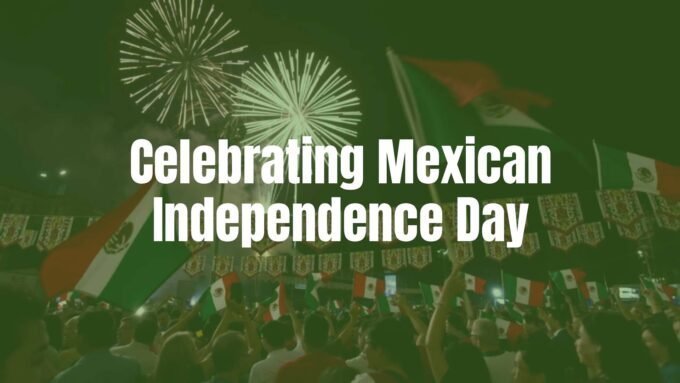
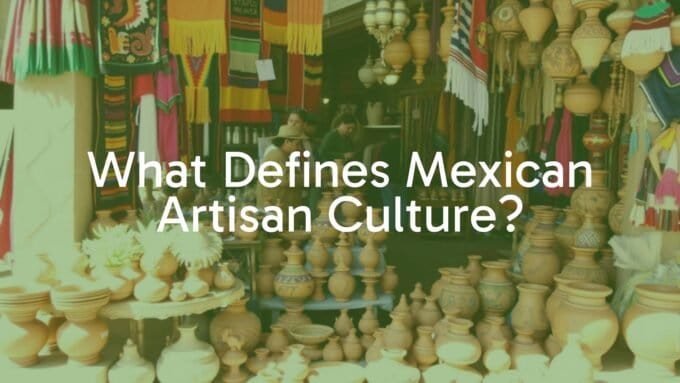
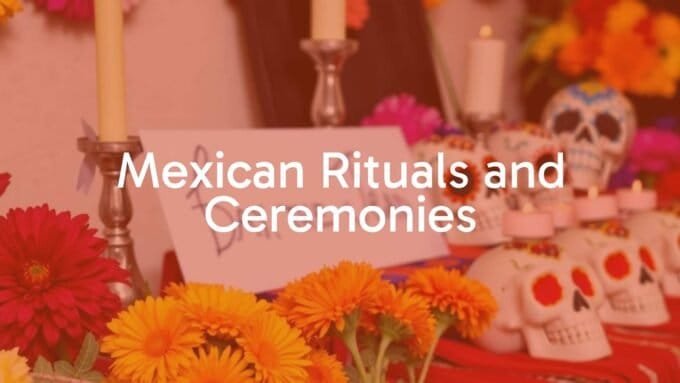

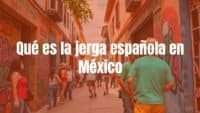
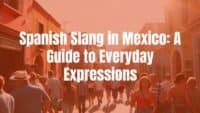
Leave a comment